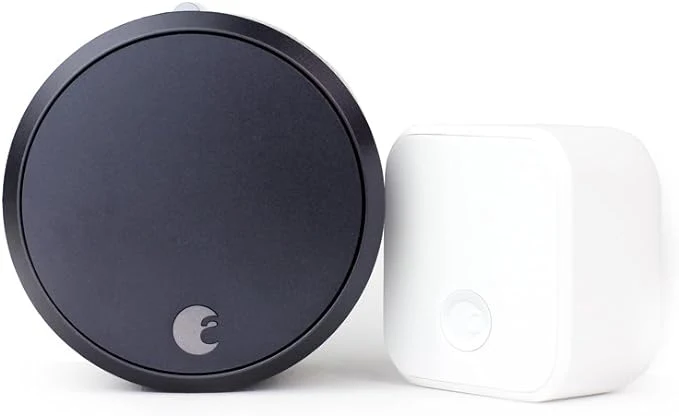The realm of 3D design has experienced a remarkable transformation over the past few years, driven by rapid technological advancements and the growing demand for immersive digital experiences. From entertainment and gaming to architecture and manufacturing, modern 3D design tools are empowering creators, engineers, and artists to bring their visions to life with unprecedented precision and efficiency. Let’s explore some of the most significant recent developments in 3D design tools that are shaping the future of digital creation.
Integration of Artificial Intelligence and Machine Learning
One of the most groundbreaking advancements is the incorporation of AI and machine learning into 3D design software. These technologies assist in automating complex tasks such as mesh generation, texture mapping, and even predictive modeling. For instance, AI-driven tools can suggest design modifications, optimize models for performance, and generate realistic textures based on minimal input. This reduces the time and skill barrier for creators, enabling more people to produce professional-grade 3D content.
Real-Time Collaboration and Cloud-Based Platforms
The rise of cloud computing has revolutionized how teams collaborate on 3D projects. Cloud-based platforms like NVIDIA Omniverse and Autodesk’s Fusion Team facilitate real-time collaboration, allowing multiple users across different locations to work on the same project simultaneously. These platforms support version control, instant feedback, and seamless sharing, significantly accelerating workflows and fostering creative teamwork.
Enhanced Virtual Reality (VR) and Augmented Reality (AR) Integration
VR and AR technologies are increasingly integrated into 3D design workflows, providing designers with immersive environments to visualize and interact with their models. Recent tools allow for virtual prototyping, enabling designers to walk through architectural models or manipulate products in a simulated space. This not only improves design accuracy but also enhances client presentations and decision-making processes.
Procedural and Generative Design Techniques
Procedural and generative design methods leverage algorithms to automatically create complex structures and patterns based on specified parameters. These techniques are particularly valuable in architecture, product design, and materials science, where they facilitate the exploration of innovative forms and optimize material usage. Tools like Autodesk’s Generative Design and SideFX Houdini are leading the way in this frontier, pushing the boundaries of creative possibilities.
Advanced Simulation and Physics Engines
Recent advancements in simulation technology enable more accurate modeling of physical phenomena such as fluid dynamics, cloth behavior, and material stress testing. These capabilities are crucial for industries like aerospace, automotive, and film production, where realistic physics can mean the difference between success and failure. Enhanced physics engines integrated into 3D tools allow designers to test and refine their models under real-world conditions.
User-Friendly Interfaces and AI-Assisted Modeling
Modern 3D design tools are focusing on accessibility by developing intuitive interfaces and AI-assisted modeling features. These innovations help beginners and non-experts create complex models through simplified workflows, guided tutorials, and intelligent suggestions. As a result, a broader audience can participate in 3D content creation, democratizing the field and fostering diverse innovation.
3D Printing and Fabrication Integration
The synergy between 3D design tools and 3D printing technology is stronger than ever. Recent software updates include direct export options for 3D printing, optimized support structures, and material simulation. This seamless integration accelerates prototyping processes and custom manufacturing, making it easier for designers to turn digital models into physical objects.
The recent advancements in 3D design tools are revolutionizing how creators approach digital modeling, visualization, and fabrication. With AI integration, real-time collaboration, immersive visualization, and user-friendly interfaces, these tools are expanding the horizons of what’s possible in design and innovation. As technology continues to evolve, we can anticipate even more exciting developments that will further blend creativity with scientific precision, shaping the future of industries across the board.












